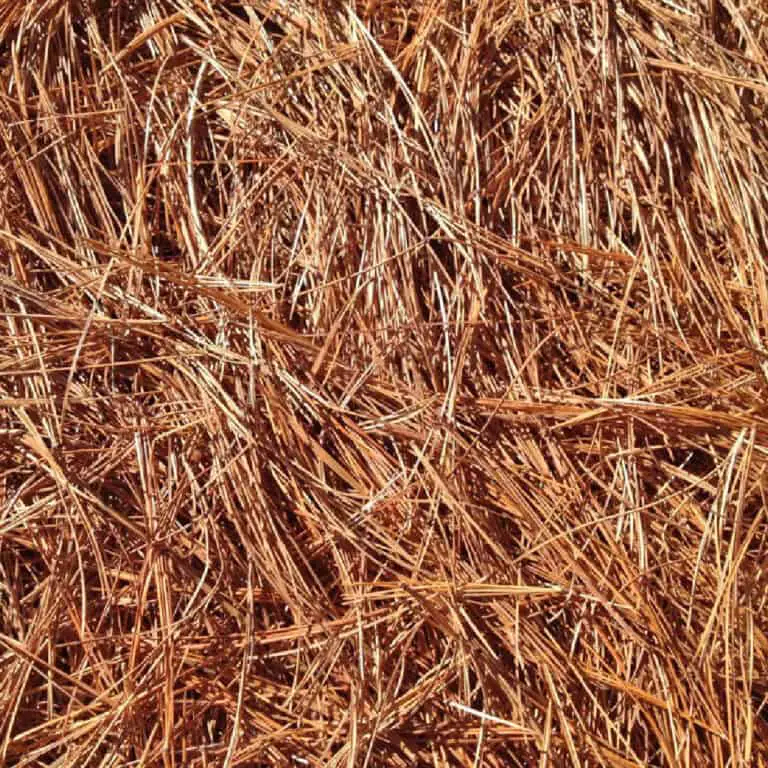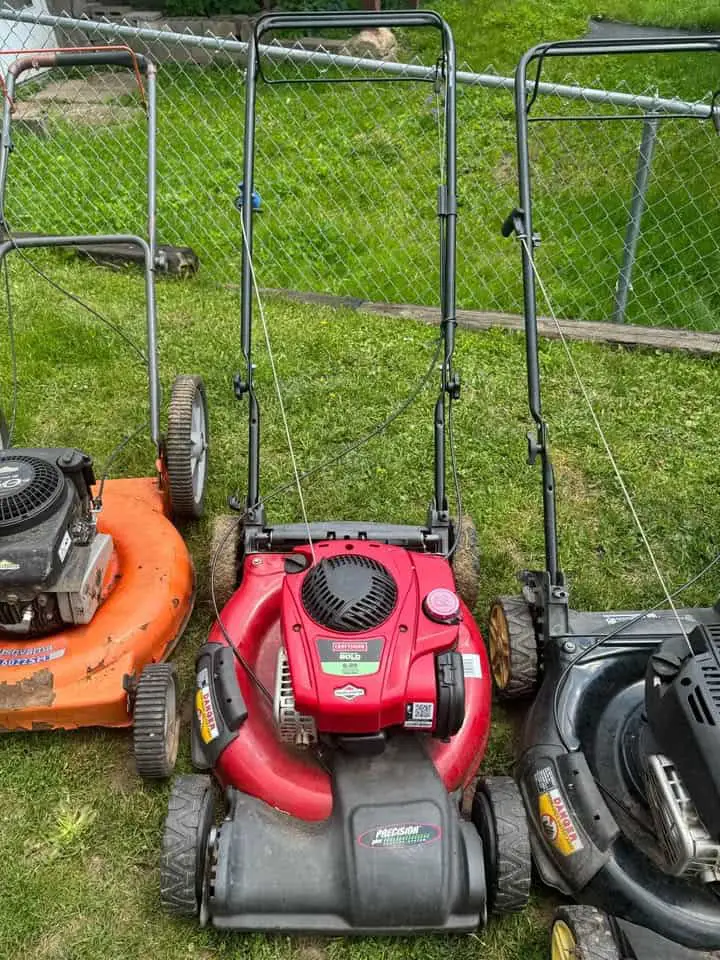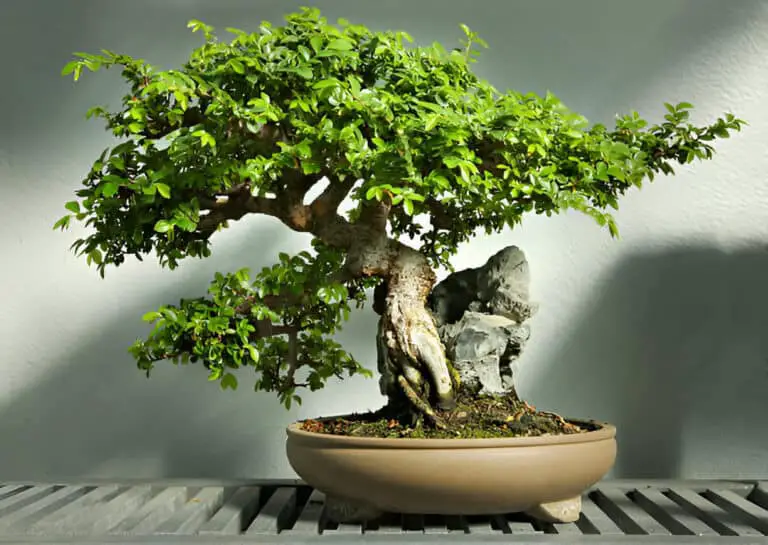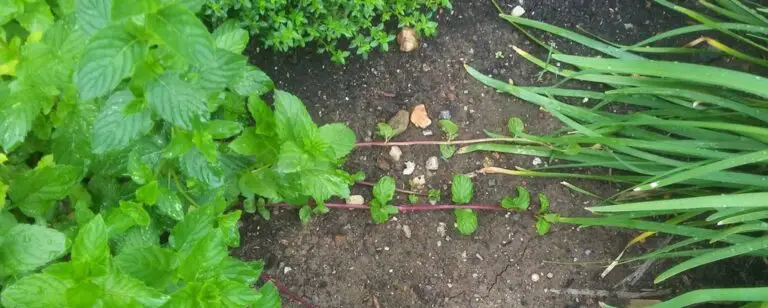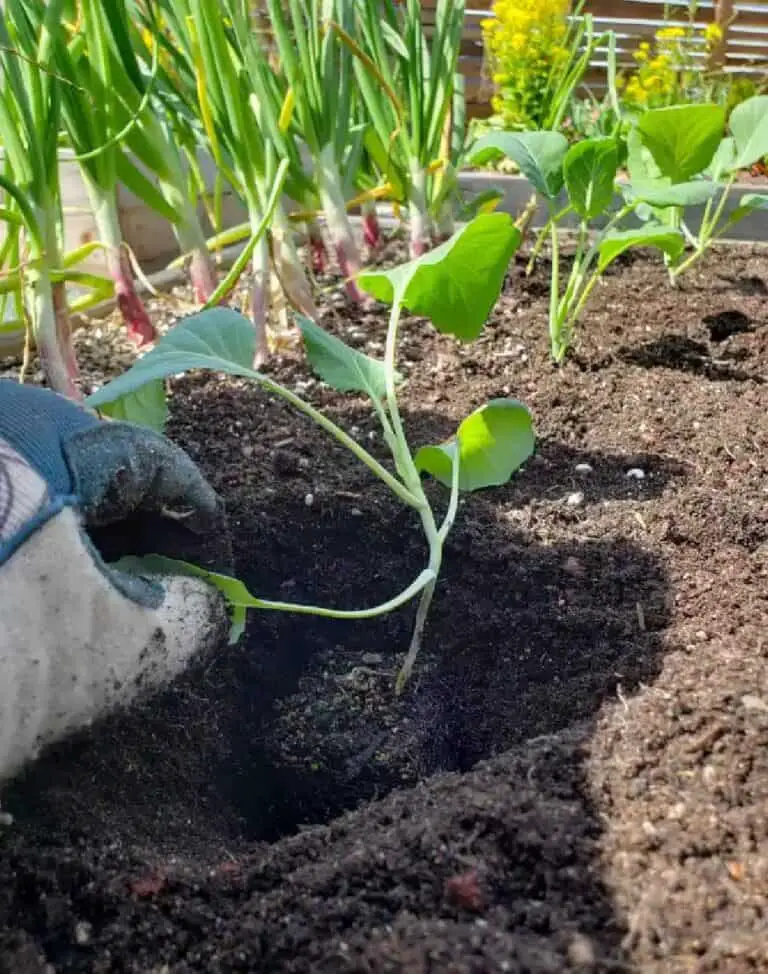How To Pick The Best Heirloom Tomato Varieties To Sell
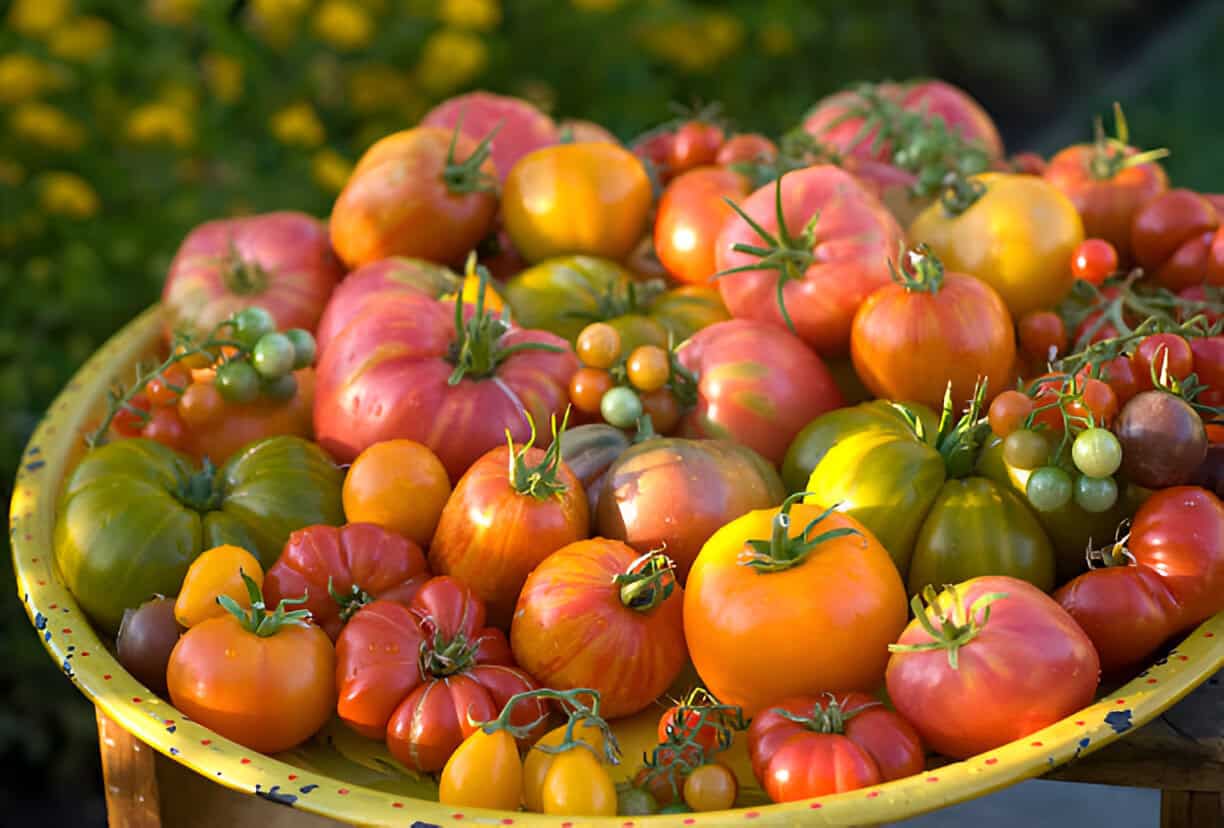
When it comes to growing heirloom tomatoes for sale, the journey from seed to market can feel like a thrilling adventure. Each heirloom variety carries its own unique story and flavor profile, and choosing the right ones can set you apart in the bustling marketplace.
As a passionate gardener and aspiring market grower, I’ve learned a thing or two about selecting heirloom tomato varieties that not only taste incredible but also attract customers. So, grab your gardening gloves and let’s dig into how to pick the best heirloom tomato varieties to sell!
Understanding the Allure of Heirloom Tomatoes
Heirloom tomatoes have a reputation for being the rock stars of the vegetable world. Unlike their hybrid counterparts, which often prioritize uniformity and shelf life, heirlooms boast rich flavors and vibrant colors that can vary from deep purples to bright yellows.
Their unique shapes and sizes, from the classic beefsteak to the whimsical Cherokee Purple, can catch anyone’s eye. For customers seeking authenticity and flavor, heirloom tomatoes provide a compelling story. They connect consumers to the past and to the hard work of farmers who have nurtured these varieties over generations.
Do Your Homework: Researching Popular Varieties
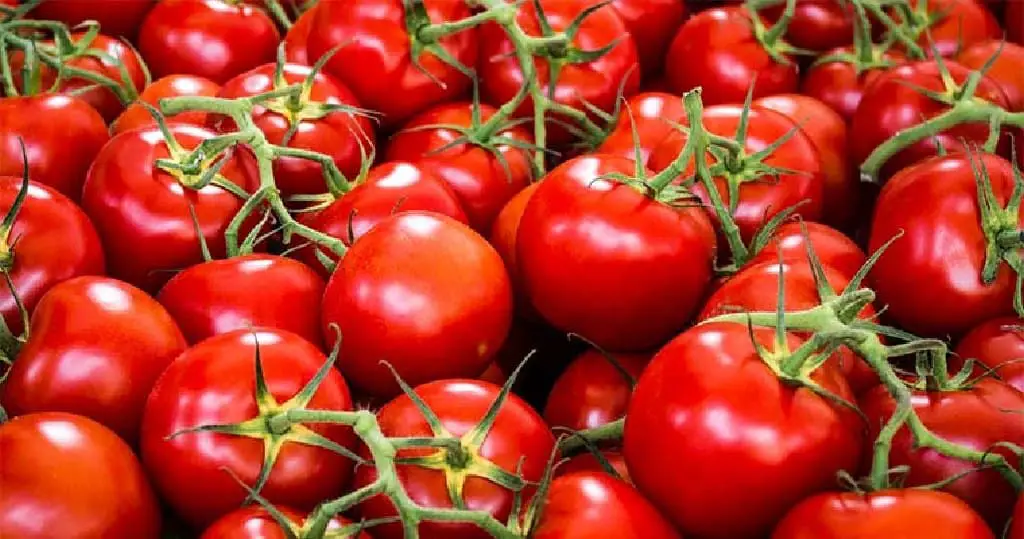
Before diving into planting, I recommend doing a bit of research to identify which heirloom varieties are popular in your area. Visit local farmers’ markets and specialty grocery stores, or even join online gardening communities to gather insights.
Ask fellow growers about their best-sellers and which varieties thrive in your local climate. You’ll often find that some heirlooms are beloved in certain regions while others may go unnoticed. For instance, Brandywine tomatoes are a classic favorite, while Green Zebra offers a zesty twist that might intrigue your customers.
Also read: How to Start a Backyard Heirloom Tomato Business
Consider Flavor, Color, and Appearance
When selecting heirloom varieties to sell, consider the trifecta of flavor, color, and appearance. The flavor should be your top priority; after all, a delicious tomato will leave a lasting impression and entice customers to return. Look for varieties known for their sweetness, acidity, and overall taste profile.
Color is another significant factor. A rainbow display of tomatoes can draw in customers like bees to honey. Mixing colors—reds, yellows, greens, and purples—creates visual appeal that’s hard to resist. Additionally, unique shapes and sizes can set your offerings apart from the standard supermarket tomatoes, inviting curious shoppers to try something new.
Table 1: Flavor Profiles of Popular Heirloom Varieties
| Variety | Flavor Profile | Color | Unique Features |
| Brandywine | Sweet, rich, balanced | Pink | Large fruit, meaty texture |
| Cherokee Purple | Earthy, smoky | Deep purple | Unique color, excellent for sauces |
| Green Zebra | Tangy, sweet | Green with stripes | Eye-catching, bite-sized fruit |
| Costoluto Genovese | Rich, slightly tart | Bright red | Fluted shape, great for sauces |
| Black From Tula | Rich, complex | Purple-mahogany | Stunning appearance |
Assessing Growing Conditions
Next up, consider your growing conditions. Heirloom tomatoes thrive in different environments, so it’s crucial to understand your garden’s climate, soil quality, and sunlight exposure. Some varieties flourish in cooler temperatures, while others prefer the heat. For example, Stupice is known for its resilience in cooler climates and produces early crops, making it ideal for those in northern regions. On the other hand, if you’re in a warmer area, varieties like Aunt Ruby’s German Green can thrive in the heat.
| Related: The Urban Farmer’s Guide to Heirloom Tomatoes |
Think About Ripening Times
When choosing heirloom varieties, it’s essential to think about their ripening times. Staggering the planting of early, mid, and late-season varieties ensures a steady supply of fresh tomatoes throughout the growing season.
Early varieties, like Stupice, can jump-start your sales, while late bloomers, such as Brandywine, keep customers coming back into the fall. By diversifying your planting schedule, you can maintain a consistent flow of tomatoes, maximizing your profits.
Fast maturing, indeterminate, or vining, tomatoes are also popular in cooler areas that have a shorter growing season. Three popular varieties are:
- Stupice – A wonderfully sweet heirloom from Czechoslovakia that matures in just 52 days and does well in cooler coastal areas and colder inland areas.
- Ildi – This very early grape tomato matures in 54 days and produces huge amounts of sweet, bright yellow fruit in clusters of 30-60 tomatoes. You may have seen these in a farmers market, labelled by the common name, Yellow Grape.
- Buckbee’s New 50 Day – One of the earliest maturing varieties, this heirloom produces great tasting red round fruit. At 50 days to maturity, this variety can be grown successfully in cooler, short season locations.
Compact Heirloom Tomatoes
Determinate varieties are also a great money maker at the start of the season for plant sales to consumers who are looking for compact plants for a patio, balcony or container garden. Here are three that have been popular for years:
- Beaverlodge Slicer – An ideal compact tomato plant that produces 2” red, round tomatoes with a rich taste. Matures in only 54 days, so this is a good variety for northern growers. Also a proven seller for customers looking for a take-home plant for the patio.
- Golden Nugget – Another extra-early (just 54 days) plant that produces huge amounts of golden, sweet cherry tomatoes. These tasty tomatoes always sell out fast at the Saturday market.
- Principe Borghese – Produces big clusters of small plum/paste tomatoes that are better tasting than the more common Roma variety. This variety originated in Italy, where growers often pull up the whole plant, full of fruit, and hang it to dry for future use, such as in olive-oil based sun-dried tomatoes.
Market Demand and Customer Preferences
Understanding market demand is crucial when selecting heirloom varieties. Pay attention to customer preferences, which can change over time. Conducting surveys at your local farmers’ market or engaging with your customers on social media can provide valuable insights into what they’re looking for.
For instance, some may be seeking heirloom tomatoes varieties for specific recipes, while others might prioritize unique colors and flavors for their dining experiences. Being responsive to customer feedback can help you refine your selection and boost sales.
Growing and Caring for Your Heirloom Tomatoes
Once you’ve selected your heirloom varieties, it’s time to get your hands dirty! Proper care is essential for producing healthy, high-quality tomatoes. Make sure you provide them with adequate water, sunlight, and nutrients.
Regularly monitor for pests and diseases, as heirloom varieties can sometimes be more susceptible than hybrids. Engaging with your plants and understanding their needs will yield a bountiful harvest.
Conclusion: Your Heirloom Tomato Adventure Awaits
Embarking on the journey of growing heirloom tomatoes for sale is both rewarding and exciting. By researching popular varieties, assessing growing conditions, and staying attuned to market demands, you’ll set yourself up for success. Remember, every tomato you grow carries the potential to connect people with nature and flavors of the past. So, roll up your sleeves, dig into the soil, and watch as your heirloom tomato adventure unfolds!
With a little patience and dedication, you’ll not only cultivate stunning tomatoes but also create lasting relationships with customers who appreciate the unique flavors and stories each heirloom variety brings. Happy gardening!

